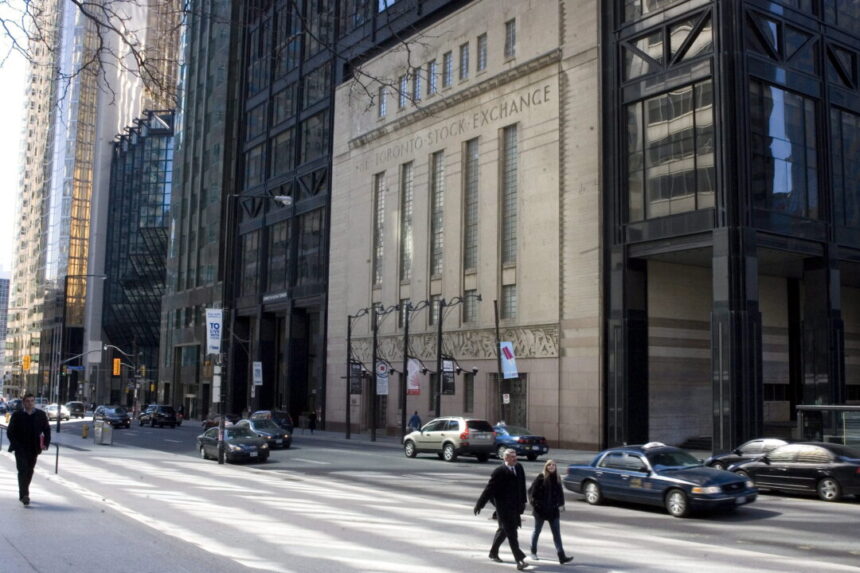Commentary
It is evident that we are in a volatile period, leading investors and the general public to ponder: 1) Are we entering a significant bear market in stocks? 2) Is a global recession on the horizon? 3) How dire could the situation become?
These questions are particularly worrisome for Canadians as the TSX has been trailing behind U.S. indices for years. The Canadian economy has shown minimal growth in official figures while the living standards of Canadians have been declining, with stagnant incomes and rising costs of essentials like food and housing. If a global recession and bear market are imminent, Canada might not experience a typical boom and bust cycle but rather a prolonged period of economic downturn.
The inversion of the U.S. yield curve, indicated by the spread between ten- and two-year Treasury bonds, has been a reliable recession predictor, albeit with a time lag. The current trend suggests a potential reversal as the spread is marginally inverted and moving towards a positive territory. This development serves as a red flag for both a recession and a bear market.
Considering the current yields and inflation projections in Canada and the U.S., the Canadian dollar appears to be overvalued in my assessment. Foreign portfolio managers may share this view, leading Canadian investors to consider boosting their exposure to U.S. Treasuries.
While some indicators point to a bearish outlook, corporate bond spreads, although widening, have not spiked significantly. A sudden and sharp decline in corporate bond values often aligns with severe bear markets and recessions. Additionally, longer-term U.S. Treasury yields have not decreased in a typical “flight to quality” trend during sell-offs. The behavior of bond market participants raises questions about their stance and asset allocation strategies.
The Federal Reserve is highly likely to implement an interest rate cut, potentially by 0.50 percent rather than the usual 0.25 percent, at its upcoming meeting. Analyzing the data objectively suggests a high likelihood of approaching a bear market. Historically, when the Buffett Indicator and Shiller P/E ratios signal extreme overvaluation, markets tend to enter periods of negative real returns lasting several years. The data hints at challenging economic conditions globally, adding to the struggles faced by Canadians in recent years.
Canadian investors are advised to focus on safe investments and prioritize capital preservation. U.S. Treasuries remain a secure haven, especially given the risks associated with the Canadian dollar. Attempting to time the market bottom and purchase assets based on perceived cheapness may be akin to catching a falling knife in the current environment.
It is prudent to hold cash and remain patient. The storm will eventually pass, and those with available cash will have the opportunity to make value investments.
Views expressed in this article are the opinions of the author and do not necessarily reflect those of The Epoch Times.
Could you please rewrite this sentence?
Source link







